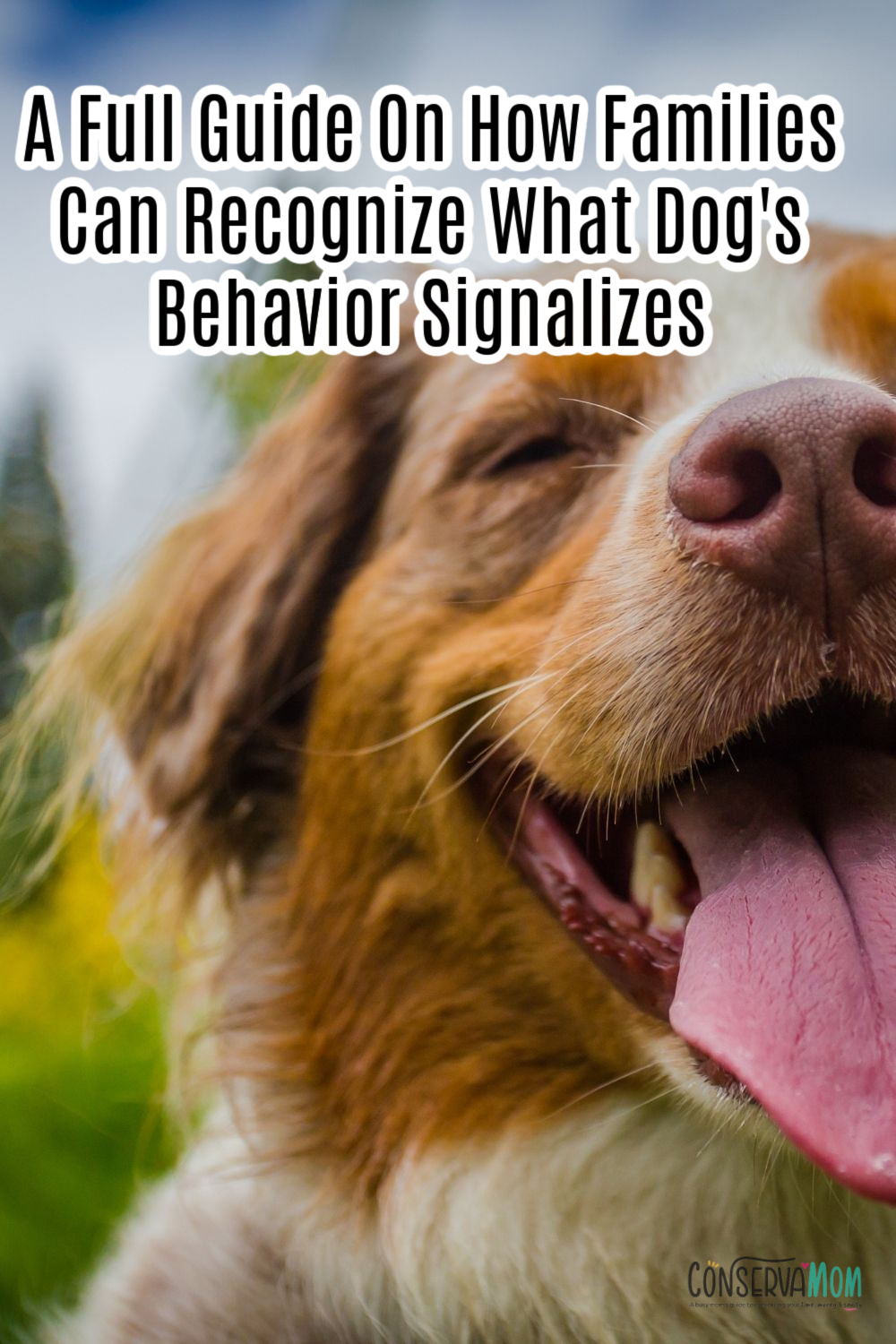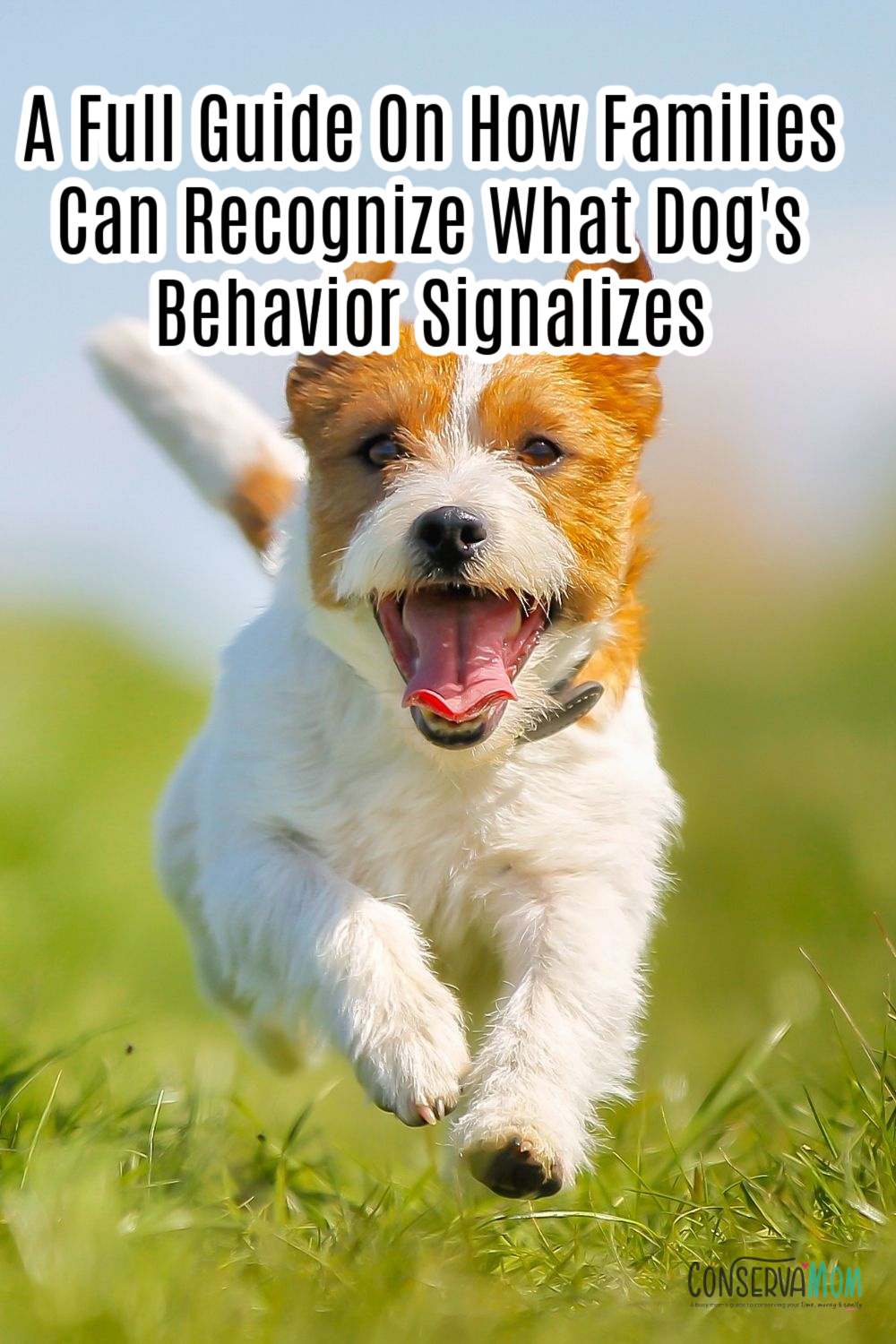We all love our pets but how easy is it to recognize a dog’s behavior? Here is A Full Guide On How Families Can Recognize their Dog’s Behavior

A Full Guide On How Families Can Recognize their Dog’s Behavior
Understanding a dog’s body language is a crucial component of communicating with it and an important part of being a responsible owner. Dogs communicate using their posture, facial emotions, and other body languages. As a result, there are several indicators that your furry friend is attempting to communicate to you in order to alert you to the possibility that anything is wrong. Let’s take a look at a few of them and see if we can figure out what they signify.
Wagging Tail
A wagging tail simply indicates that the dog is emotionally stimulated. Examine the pace and direction of the wag, as well as the posture of the tail, to deduce the dog’s emotions and intentions. The quicker the wag, the more excited the dog is. Consider those long, leisurely, tail sweeps your dog does when it greets you — the ones where the dog’s entire body wags. That is clearly a sign that your dog is happy. A higher degree of alertness, maybe in a negative aspect, is indicated by a quicker twitch-like wag.
Finally, the dog’s tail posture reveals crucial information about their mental condition. In essence, the longer the tail, the more forceful the dog is. Fear and concern are shown by dogs with their tails pointed down to the ground or even tucked between their knees. The neutral position of a tail indicates the neutral state.
Huffing
Huffing at you may signify one of two things. Either your beloved dog is pleased and joyful, or it is unhappy and worried. One of the ways your dog communicates with you is through huffing. Depending on what other visual clues you perceive, it might communicate excitement or outrage. Anxious dogs frequently huff and pant at the same time. So, if you see your pet doing anything like that, it’s probably a good idea to take it to the doctor.
Huffing can also indicate that a dog is satisfied with what they are doing. When you’re playing with a dog, this is fairly frequent. If you’ve ever done this outside, you might have seen your furry friend puffing and leaning back on its back legs with its front legs spread out in front of them. This indicates that your buddy is having fun, which is a positive thing.
Drolling
There are a few things to look for if your own dog is drooling excessively or more than normal. You must pay attention to what is going on if they begin to drool excessively. Drool can indicate that your pet is feeling nauseous, is car sick, or has an upset tummy, but there are several more serious issues to be aware of. When a dog is sick or suffers constipation, it may drool heavily. If you suspect your poor dog is sick, look for additional indicators that it’s time to take him or her to the doctor.

What Do Ears Signalize?
Perked-up or forward-facing ears indicate ready to take action. This indicates that your pet is watching attentively; depending on the situation, it might easily flip gears and become aggressive or playful. Keep in mind that if you catch your furry friend off guard or shock it in this situation, it will most likely respond with terror. When your own dog’s ears are down and back, it usually signifies it is content and relaxed. Growls or aggressive behavior indicate that the dog is about to attack.
Belly Exposing
The practice of displaying a dog’s tummy represents trust and acceptance. When the dog’s tummy is exposed, it implies they’re at ease with you. Also, a dog may employ this submissive posture to avoid conflict. When a dog displays its belly to more dominant canines or even people, it may be anxious and want to be handled carefully. Puppies are known for their appeasing nature. Examine the dog’s full body to see if it’s revealing its belly out of fear or since it feels comfortable with you. Dogs with a calm wagging tail and a loose posture are at peace with you.
Lip-Licking
Lip-licking is another example of canine body language that is frequently misunderstood. Dogs, like people, lick their lips after a delicious meal, but they also do that when they are worried. It’s sometimes difficult to detect the tongue flick since it happens so quickly. Your dog is usually expressing dissatisfaction with a situation, not a desire to lick your face.
None of these dog body language cues have any effect on their own. They’re all a bundle deal. When reading a dog’s communication, pay attention to every indication the dog uses, from tail height to eye form because they are always “talking” to you. You will create a stronger sense of trust and respect with your pet if you learn what he or she is saying. Furthermore, your improved knowledge of your pet’s emotional condition will aid you in anticipating his behavior and preventing issues before they arise.
Leave A Reply!